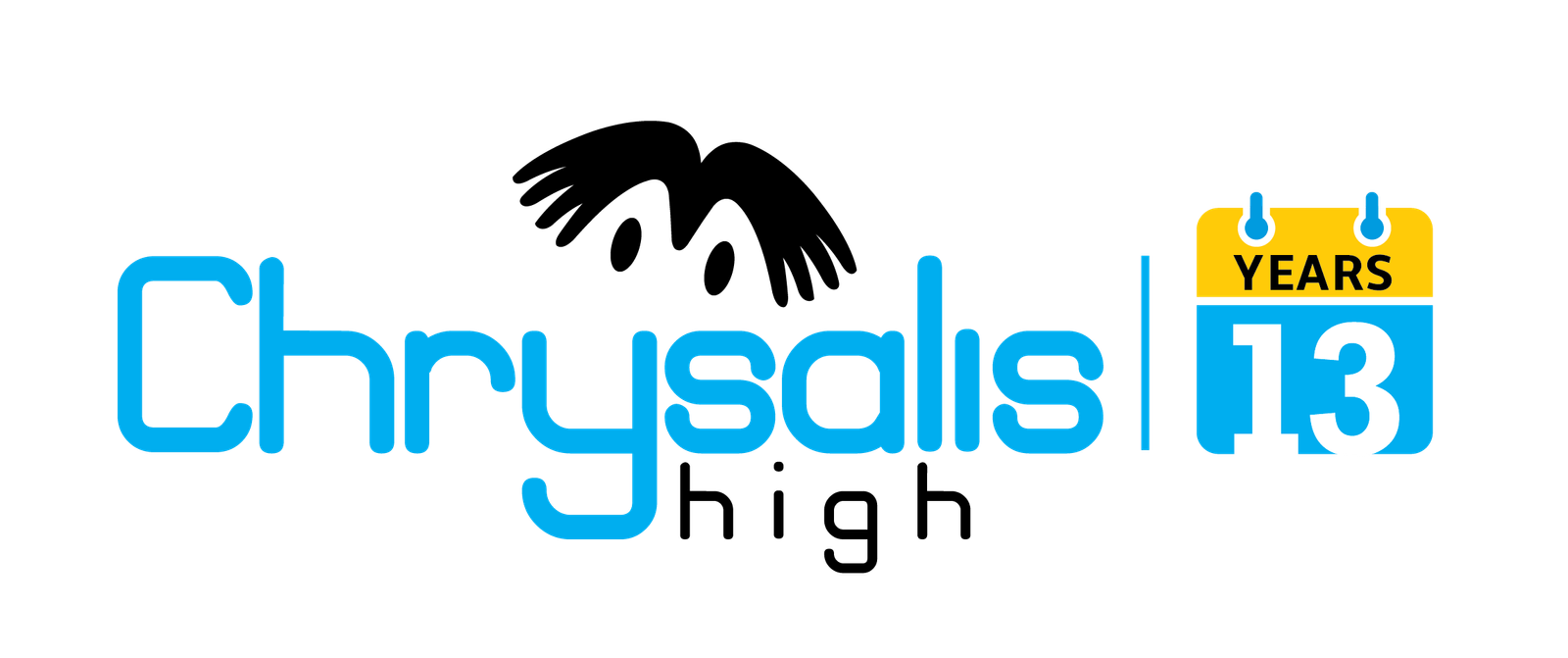Discover the EU AI Act’s key objectives, risk classifications, compliance requirements, and impact on businesses. Learn how to align with the new regulations.
Introduction
The EU AI Act marks the European Union’s attempt at setting itself up as an innovation pioneer, at least on the regulation front, in the increasingly sophisticated use of artificial intelligence in ways consistent with the common good. The degree of integration with nearly all aspects of human society achieved today is such that the EU hopes that the implementation of the said technologies would not pose a challenge to human rights or undermine privacy and safety in the process. The Act elaborates on what should be developed, used, and followed regarding AI systems, leaving Europe ahead in the values that go along with ethical AI.
Key Objectives of the EU AI Act
The EU AI Act primarily offers a safe, ethical, and transparent regulatory framework under which AI can develop and be applied in society with minimum risks. The crux of the AI Act is to harbour innovation in AI technologies under clear rules that risk-eliminate potential risks arising from their application. These goals demonstrate the EU’s vision for a regulatory framework that will allow for technological development in conjunction with societal protection so that AI is developed in service to the public good.
Regulatory Scope: To whom does it apply?
This Act encompasses all organizations, businesses, and individuals that offer or use AI systems that can, in turn, influence the safety and well-being of persons within the EU, regardless of whether they do so within the EU. Established in the EU, it refers to organizations whose activities involve deploying AI in their products, services, or processes such that the rules directly bind them.
Hence, the Act also applies to non-EU entities providing AI-driven services or products to EU consumers, ensuring a global scope of enforcement. It tries to incorporate guidelines from the time of the development of AI systems in all ranges of healthcare, finance, transportation, and public administration. As a result, it tends to make responsible use of it by minimizing harm while trying to align AI technologies with EU laws and values.
Risk-Based Classification of AI Systems
The primary factor of the EU AI Act is a classification system with risks: These are determined according to risks that such systems could cause individually, as well as within society, against persons as well as fundamental rights and freedoms. According to said classification, it would imply the regulatory control degree level and extent of the appropriate compliance obligations. The framework creates four groups:
- Absolute Bans: AI applications for which it is possible to say that their very existence poses a credible and realistic threat to safety, livelihood, or fundamental rights. These include AI technologies used in so-called social scoring and mass surveillance sponsored by certain governments.
- High Risk: High-risk AI applications deal with regulation compliance standards, chiefly because of the risks or consequences. AI, especially in fields like healthcare, transport, and law enforcement, is considered a high-risk application. Higher standards are needed for such high-risk systems, including transparency, testing, and human oversight.
- Low Risk: This category has moderate levels of risk, so its requirements for transparency are not as intense as those of systems carrying a higher risk. That system includes applications like chatbots or AI, but customer service still needs a level of human interaction to exist.
- Minimal Risk: AI in this category poses the least risk and faces the most lenient restrictions. Consumer-facing AI consists of products like a typical recommender system used in social media sites or a game running an AI; all these systems have the lowest restriction.
This risk-based categorization ensures the proper oversight and regulation of AI systems. It would then provide a framework for innovation, safety, and fairness.
High-Risk AI: Obligations and Compliance Requirements
The EU AI Act imposes various stringent requirements on safety, ethics, and transparency, which should be upheld by high-risk AI systems besides the already strict requirements. This regulation offers protection against potential harm to the individual and society with accountability and responsibility when applying AI technologies to crucial areas of critical sectors through the essential obligation on high-risk AI systems:
- High-risk: Ensure their maximum possible transparency and accessibility. Proper, well-scrutinized information or disclosure as to the AI intent and what these AI will do about such high risks should be provided.
- Human oversight: This aspect of human involvement proposes intervening or overriding some human judgment when an AI decides for these systems; then, that can’t affect the safety or rights of human beings or interfere with such human judgment.
- Continuous Risk Management: Companies developing high-risk AI systems must design processes for constant monitoring, assessment, and management of risks. As such, they have to be periodical in assessing the risk potential of deployment, identifying emerging issues, and taking corrective actions.
These measures ensure that high-risk AI systems operate in ways that prioritize safety, fairness, and respect for human rights from development to deployment and beyond.
Impact on Businesses and Developers
The EU AI Act brings some very drastic changes that will make businesses and developers change to avoid penalties so that the change can be incorporated into meeting the set rules. High-risk AI systems require strict oversight and governance. This can be done by the business identifying which of its AI systems fall under the high-risk categories. These categories may only exist in the health, transportation, and finance sectors, where the AI system may determine the outcome of significant decisions.
Critical Deadlines and Implementation Timeline
The EU AI Act comes into full effect in 2025, but it has a transitional period before that date. This helps businesses prepare for some time and reflects the challenge of implementing the regulations sooner so that companies are fully compliant when they are enforced.
The Act will come into force in 2025 and will apply to undertakings categorizing AI system risks, transparency obligations, and human oversight in high-risk applications. During the transitional phase, businesses can only introduce new operations under the Act but can still do so before full enforcement.
How to Ensure Compliance with the AI Act?
Businesses and developers must be ahead of the curve when it comes to keeping up with compliance in the EU AI Act. Among the best steps is to regularly audit AI systems. Ideally, one should be both internal and third-party so that there is a check on whether the systems are working to their intent and that they are in compliance with the laws. Third-party audits might be more beneficial in gaining a proper view of all the gaps in compliance areas.
Organizations must also establish internal ethics requirements for designing and deploying AI. Internal principles for the design of AI result in these systems being designed such that they are transparent, fair, and accountable. The only way to have AI projects passed through a designated ethics board or committee, as a way of ensuring the standards are met to meet regulatory requirements, would allow businesses to build consumer and stakeholder trust.
Comparison with Other Global AI Regulations
The EU AI Act remains the broadest and most stringent regulatory framework in the world and is indeed approached differently across various regions. A few more significant comparisons are as follows:
- United States: No federal AI regulation similar to the EU AI Act has been devised in the United States. Sector-specific guidelines exist, though data privacy laws have been enacted by individual states, such as California, to enact CCPA. However, a general AI regulation is not.
- China: The Chinese approach to AI regulation has been much more centralized and controlled. Governance and security have been the key themes. Chinese AI regulations focused more on data control and how AI technologies fit into the national interest in the sense of cybersecurity and social stability.
- UK: The Brexit forced Britain to abandon the strategies embraced by the European Union and adopt relatively flexible AI policies that enabled it to boost innovation and growth.
- Canada and Australia are drafting regulatory regimes for AI, which focus on ethical AI, fairness, and transparency. Of course, they are not as stuffy as the U.S. or UK, but even that is less rigid than that of the EU.
The EU AI Act is one of the strictest regulatory approaches globally, with a thrust on ethical standards, transparency, and accountability, unlike the rest of the regions that have adopted more relaxed or sector-specific approaches.
Conclusion
The EU AI Act, therefore, provides one of the great steps toward safety, transparency, and the implementation of respect for human rights in artificial intelligence technologies. Hence, it is a must that both businesses and developers be aware of such regulations and rules since AI is increasingly used in various fields, from healthcare to finance, among others.
FAQs:
High-risk AI systems are those applied in critical sectors, such as healthcare, transportation, law enforcement, and finance, where decisions made by AI can directly affect individuals’ safety, rights, or freedoms.
The EU AI Act shall apply to any business, whether inside or outside the EU, providing AI products or services to EU citizens. Non-EU companies need to comply if their AI systems are in contact with the European market.
Depending on the nature of the infringement, the non-compliance penalties could reach as high as €30 million or 6% of worldwide annual turnover, whichever is higher.
This means that companies must first evaluate their AI systems, provide transparency, formulate a risk management policy, audit the systems regularly, and engage compliance experts before the enforcing act in 2025.


